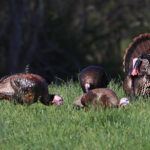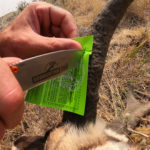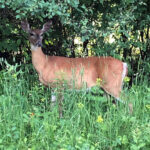Someday, it would be nice if a deer season went as planned, but one thing I know for certain: it won’t be this year.
This year has been filled with changes that include moving to a new part of the state and finding new places to hunt. Although I did a fair amount of scouting and had a great gameplan (or so I thought) heading into the season, numerous factors have scrambled that plan into an unrecognizable mess.
A combination of changing food sources, fall logging, and way more hunting pressure than I anticipated have forced me to reevaluate everything and basically start all over again.
In other words, I’m back in familiar territory. Because let’s face it, nothing ever seems to go as planned, especially in the deer woods. It’s always a little disconcerting come November to realize that your early season stand isn’t going to pan out. This is why I always have a plan B for the rut.
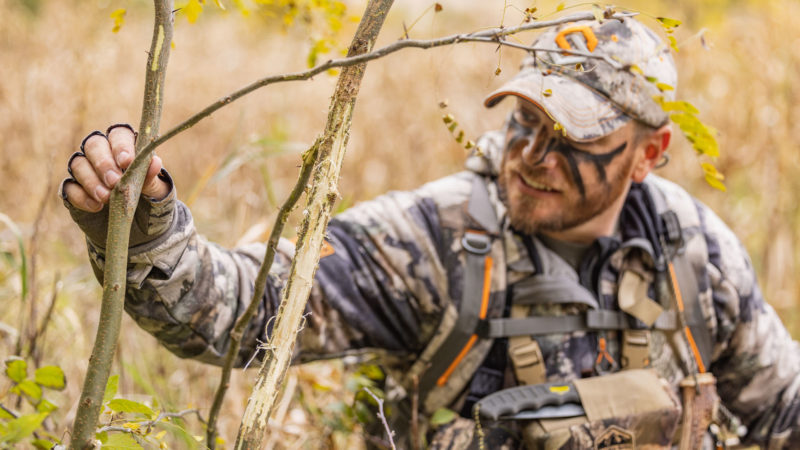
Real-Time Scouting
Nothing beats real-time scouting, period. If you want to know where the deer are right now and what they’re doing, spend a few hours walking the property.
This sounds like the simplest advice of all, but it can be the most difficult to follow. Instinct tells us we need to be in a stand somewhere this time of year, and we don’t want to “waste” valuable hunting time scouting.
However, a few hours of gathering information can help us make the adjustments needed to ensure that time spent on stand is quality time.
Because of work and family commitments, I couldn’t scout throughout the day and had to forego an evening hunt in order to check out an area where I’d placed a half dozen trail cameras prior to the season.
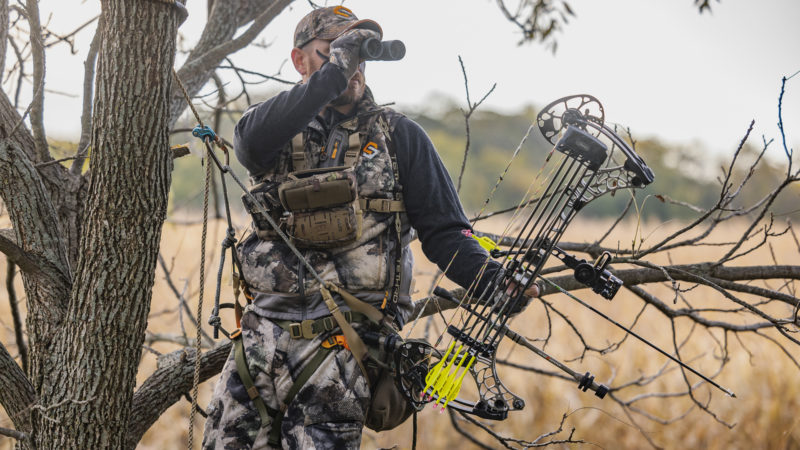
I hated to miss out on the evening sit, but here’s the thing: if your current stand isn’t where it needs to be, what are you really missing out on? It’s much better to sacrifice one mediocre sit for the potential to have multiple quality sits later on.
When I checked the trail cameras recently, I knew I had made the right decision. I did indeed have multiple photos of nice bucks, but I really didn’t need the cameras to know that, because the dozen or so fresh scrapes along the old logging roads already told me this was a hot spot of activity.
I was back on deer and excited to have a fresh stand with a ton of potential to hunt.
Historical Data
Sometimes you can rely on historical data and prior experiences to get back on track if plan A doesn’t work out. The rut can be dynamic, but it can also be predictable.
If you know of an area that has always had a lot of rutting activity in the past, there’s a good chance it will be hot again as long as factors such as habitat and food sources remain relatively unchanged.
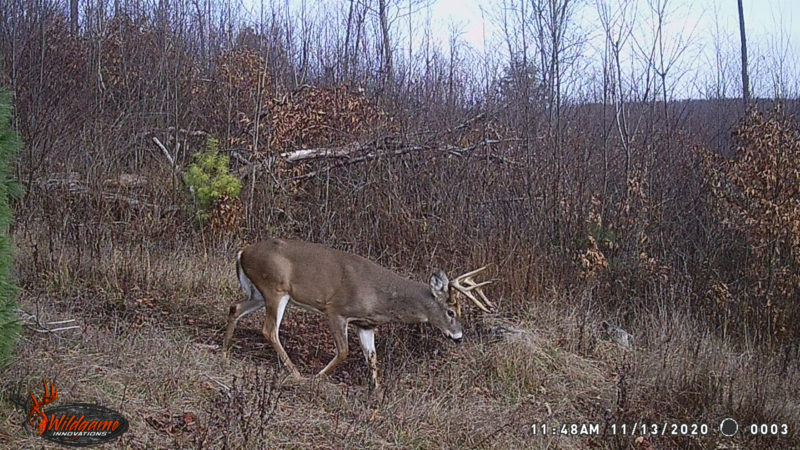
Any time I find clusters of old rubs, I note their location, especially if there are rubs of various ages. This tells me that, for multiple seasons, bucks used this as a staging area, and they likely will again.
This is also why I rarely delete trail cameras photos. In fact, I have a separate hard drive just for trail camera photos from the past 10 years all organized by location and a separate, dated folder for every card pull.
If I want to know what was happening in an area on a particular date, I just pull up the file and skim through the photos. Numerous times I’ve noticed patterns where areas went hot or cold throughout the season for consecutive seasons.
I’ve targeted these areas during their historical hot periods and have had success. Not always, mind you, but often enough to know this can help me formulate a legitimate plan B if my original plan doesn’t work out.
Using Maps to Find Funnels
Maps are great tools to help you make adjustments on the fly. I primarily use HuntStand and often scour it for possible stand locations.
I look for various terrain features such as saddles on ridges, benches, points, and other natural places where deer movement is funneled. These give me a starting point for my scouting efforts.
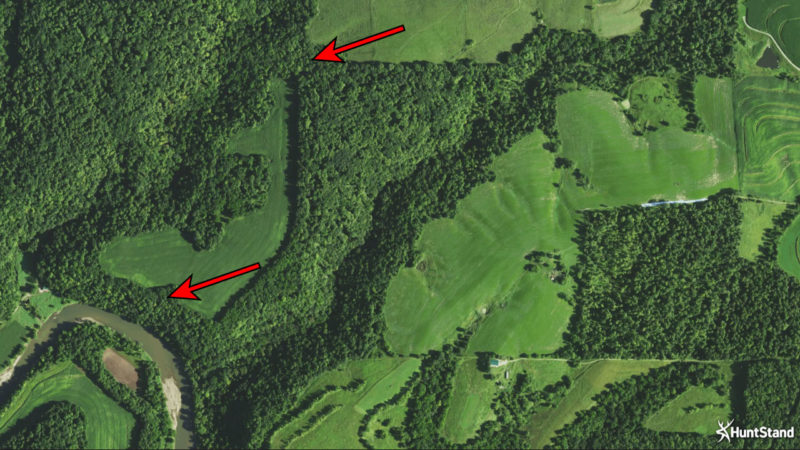
One of my favorite backup stands was found simply by looking at a topo map after a frustrating morning in an area that just wasn’t working out. I noticed where the corners of two cuts came very close to each other and were separated by a thin strip of taller timber maybe 50 yards wide.
Also, the cuts were situated on a ridge and these corners came together near the top of the hollow. I hiked into that spot the next day, November 10th, and almost killed the biggest buck of my life as it was chasing a doe through that open woods funnel.
Eventually I did hang a stand there and killed a nice 8-point a few days later, all because I found a place on the map where numerous terrain features came together and decided to check it out.
Hang and Hunt
There’s a lot to be said for the “hang and hunt” strategy. I believe in the magic of the first sit on a stand, and in recent years I’ve used fewer fixed stands and more portable climbers simply for their versatility.
I’m not obligated to sit in the same tree every time out and can move around based on wind and weather conditions. They’re a handy option if you have to change up plans during the rut.
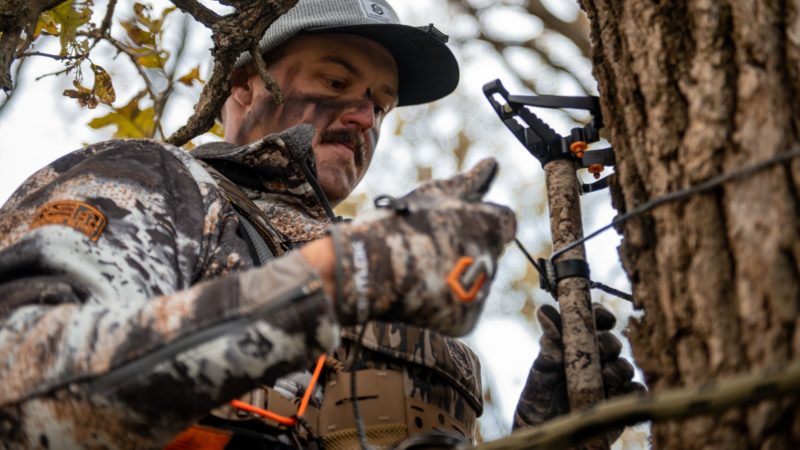
The fixed stands I do have are usually placed well before the season – as early as permitted on public lands here in Pennsylvania.
By the time early November rolls around, most of my stands have been up for almost two months. That makes it all the more disheartening to learn that an area isn’t panning out the way I’d hoped.
In one instance, the Bureau of Forestry literally bulldozed the whole area around one of my stands in a recently timbered area in an attempt to contour the land to prevent erosion. I understood the reasons, but I just wished they hadn’t leveled my target buck’s bedding area in the process.
As I tried to relocate the buck down in a deep hollow, I walked out a logging road and stopped to look at the topo map on my phone. It was pouring rain and the wind was howling. As I debated setting up a trail camera, I turned around and saw my target buck bedded against a downed tree only 30 yards away. I don’t know who was surprised more!
The deer got up and bounded off, snorting all the way. I put up a trail camera nearby and hiked out of there.
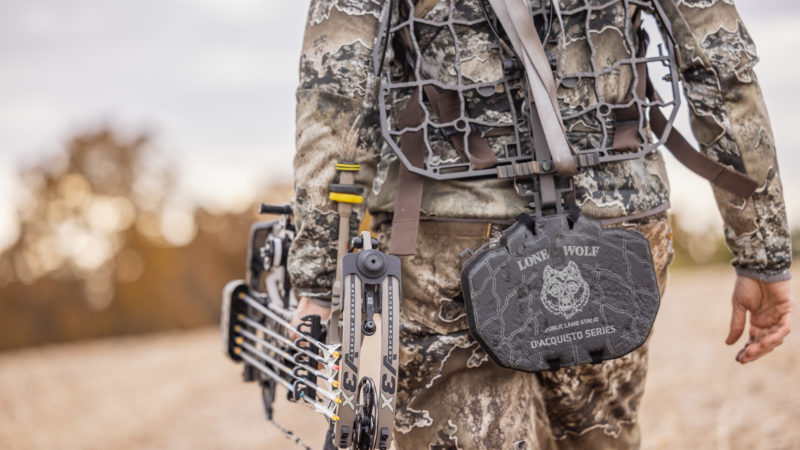
To this day, I have no idea why I didn’t just hang a stand right then and hunt. Maybe it’s because, like most hunters, I over analyze things.
Having bumped my target buck out of his bed and spread my scent throughout the area, I felt like I’d done enough damage for one day. However, the following weekend, the next time I could get out, I checked that trail camera and the only photo of the buck I had on the camera was taken about two hours after I had kicked it out of its bed.
It was a good lesson, and one that I should’ve remembered from previous incidents in my hunting career. Sometimes, even when you bump a deer, if they’re not completely spooked, they will come back.
Bump and hunt isn’t a preferred tactic, but it can be an effective plan B in the right conditions. Those conditions seem to be 1) when you encounter deer in remote places where they rarely encounter humans, 2) when you encounter them in areas where they feel comfortable, safe, and reluctant to leave, and 3) when weather conditions are such that deer never get a chance to wind you or positively identify you.
In all of these examples I’ve witnessed deer return to a spot shortly after being bumped.
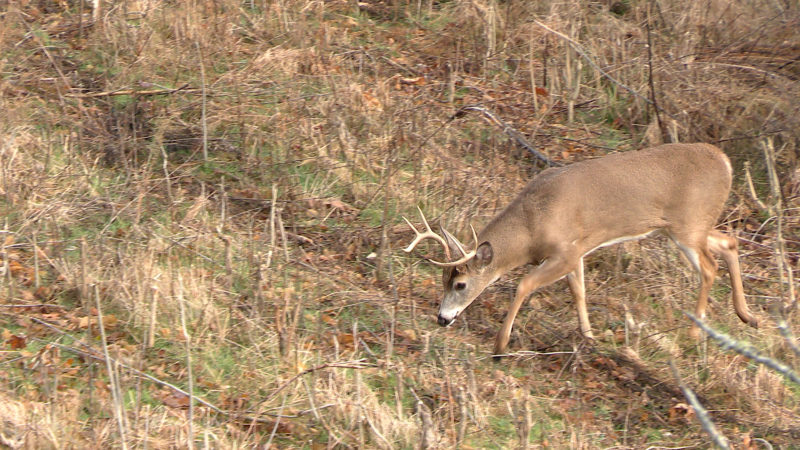
The same holds true when scouting new areas and finding fresh sign. If you find a hot scrape or shredded rub that indicates the buck was there very recently, why wait to hunt it?
There’s a good chance that buck is still in the vicinity and might respond to a grunt call or rattle or may even return that evening to check the scrapes again. Running dozens of trail cameras have really opened my eyes to this fact.
I can’t even count the times I’ve placed a camera near a scrape and then gotten pictures of bucks working that scrape within a couple hours – and many times minutes — after I’ve left.
When I was younger, impatience often got the best of me. For whatever reason, I just couldn’t sit still for more than a couple hours in a stand. If it was the rut and I wasn’t seeing deer, I automatically assumed I was doing something wrong and not set up where I should’ve been, so I moved.
Since I used a climbing stand exclusively when I started hunting, I often found myself hitting four or five different spots a day. I’d get settled in a stand, wait a half hour or so, and then start calling or rattling.
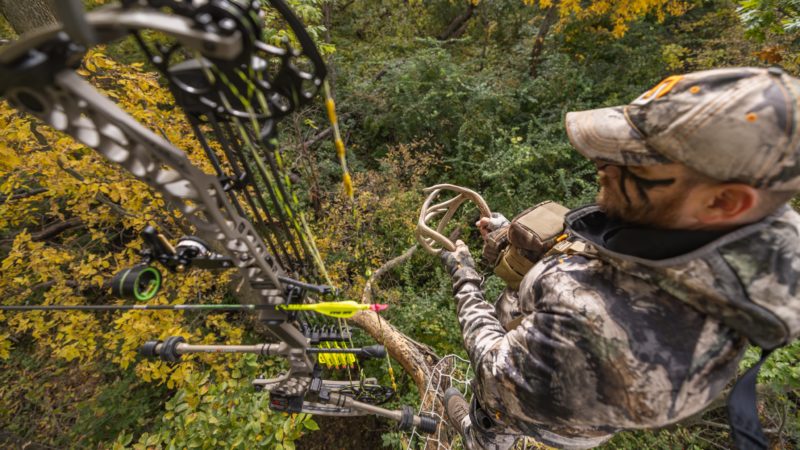
Oddly enough, I encountered a heck of a lot of bucks by doing that. I was young and made a lot of mistakes, so my success rate was low, but it really helped me learn the areas that I was hunting and figure out where to find bucks during the rut.
I still run and gun on occasion, although not as frequently as I used to. But every now and then, when I feel the need to spend some time moving around looking for fresh sign, I stop for an hour or so at various locations and go through a few grunt sequences, possibly even pull out the rattling antlers.
This is not a high percentage tactic, but it can be a lot of fun, and I’ve found some great spots and had some great encounters with bucks along the way.
Conclusion
Sometimes things happen that are out of our control – logging, hunting pressure, changing food sources. And sometimes we just mess things up on our own by over-hunting a stand or perhaps by simply not doing enough homework or misreading the situation to begin with. Whatever the reason, when things don’t work out as hoped, it’s good to have a solid plan B for the rut.
Sure, it can be disheartening to have a stand tank just as the rut is ramping up, but change is part of the equation. The question is, what adjustments will you make to help you get back on rutting bucks? For me, those adjustments begin with the tactics mentioned here.

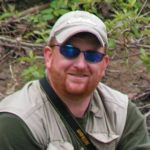 By
By 